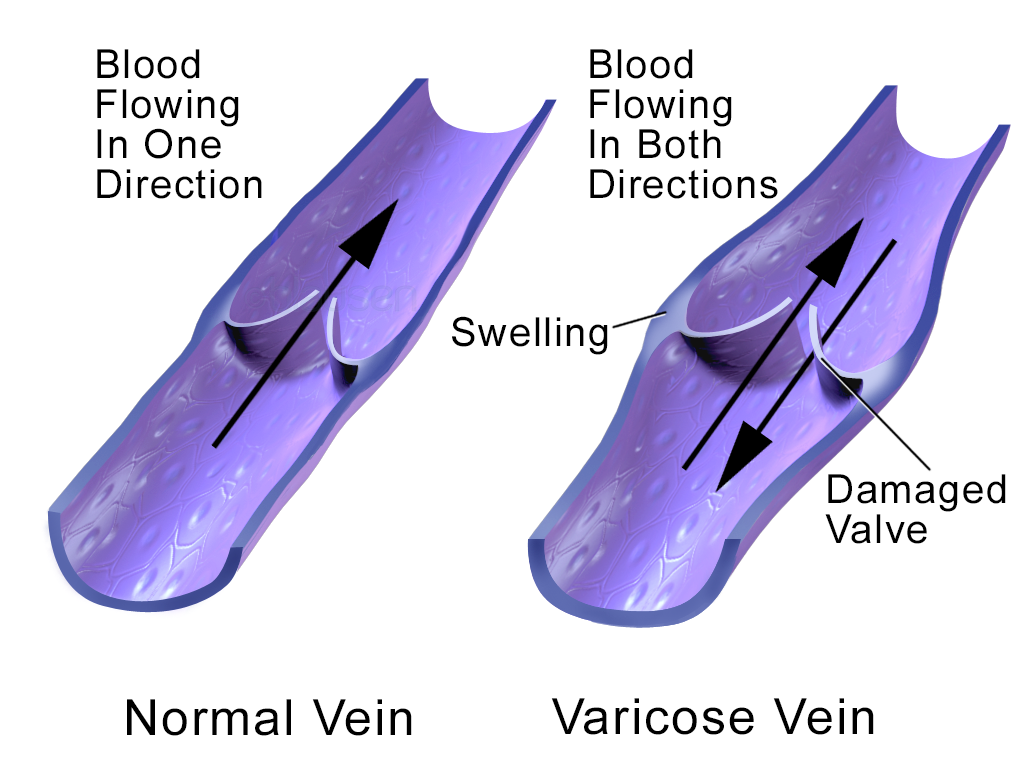What is Chronic Venous Disease?
Chronic Venous Disease (CVD) refers to the various conditions that arise when a vein becomes diseased and cannot function property. These conditions can include but are not limited to:
- Varicose Veins and Spider Veins
- Leg Swelling and Leg Pain
- Leg Discoloration and Skin Changes
- Leg Ulcers
- Phlebitis
The Most Common Visible Condition: Varicose Veins
Varicose veins are the bulging, rope-like, twisted blood vessels that don’t control blood flow as they should and appear near the surface of the skin. Symptoms of Chronic Vein Disease can included but are not limited to:
- Aching pain
- Easily tired legs
- Leg heaviness
- Swelling in the legs
- Darkening of the skin (in severe cases)
- Numbness in the legs
- Itching or irritated rash on the legs
Risk Factors for CVD
Vein disease and symtoms like varicose vens occur more often in women than men, especially during pregnancy (starting in the first trimester), during the last 14 days of the menstrual cycle, and in people who have a job for which they must stand or sit for long periods of time.
Complications for Untreated CVD
Since CVD is a progressive disease, if left untreated, the symptoms will worsen overtime, becoming more severe. Additional health problems such as the following can occur:
- Severe venous insufficiency, a severe pooling of blood in the veins that slows the return of blood to the heart. This can lead to condition can cause deep vein thrombosis and pulmonary embolism.
- Sores or skin ulcers.
- Ongoing irritation, swelling and painful rashes on the legs.


No Comments